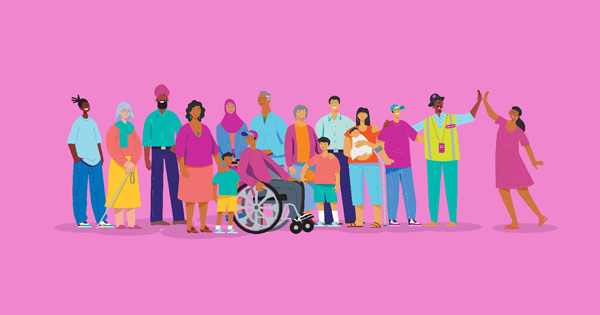Updated analysis estimates between 89 and 91 percent of the New Zealand usually resident population took part in the field collection phase of the 2023 Census, Stats NZ said today.
“My thanks to the people of Aotearoa New Zealand for taking part in the five-yearly census over the 20 weeks between 13 February and 30 June. I am pleased with the result of the collection phase of the census. Our aim was to receive census forms from 90 percent of the people living in New Zealand on 7 March 2023. We have achieved our goal, or got very close, which means Stats NZ will be able to produce high-quality national population and dwelling data for the country,” said Mark Sowden, Government Statistician and Chief Executive of Stats NZ.
“Learning from the 2018 Census, we addressed the operational areas that under-delivered in the 2018 Census, set out to make the 2023 Census the most inclusive census yet, and designed a model that enabled innovative and community-led approaches to challenges such as Cyclone Gabrielle.
“This has resulted in a response above the levels of 2018 including for Māori and Pacific communities. Thank you to the many national, regional, and local community partners who helped support people to do their part – these collaborations have been a critical part of lifting participation for priority groups such as Māori and Pacific people, and ethnic communities.
“As a country, we have delivered the collection phase to enable us to provide information critical to the future of Aotearoa New Zealand. This information about our country, communities, and population groups will be used by government, councils, iwi, community organisations, and businesses to make important decisions affecting us all for years to come.”
Census data will now undergo processing and analysis by data experts at Stats NZ over the several months needed to produce final data from the 2023 Census. This process will include using administrative data, data from previous censuses, and statistical methodologies to fill gaps in what has been gathered through the field collection operation.
“The 2023 Census will be successful because it was designed to flex and adapt to risks such as a low response. Activity now focuses on using other data sources and methodologies so that the final 2023 Census data set represents around 97–98 percent of Aotearoa New Zealand and is of the highest quality possible,” said Mark Sowden.
“By employing this model by design, the overall coverage and quality of the 2023 Census will produce products and services users of census data will need.”
Stats NZ plans to release the first data at the end of May 2024. This first release of data will include national and regional population and dwelling counts (which is the primary objective of a census) and Māori descent counts.
Work is already underway to learn from the 2023 Census and look to how to design the 2028 Census for success.
“While we are delivering on our plan for the 2023 Census, it is now evident that the traditional model for conducting a census (whether online or on paper or both) is not sustainable for the future,” said Mark Sowden.
“Not only is it getting more expensive and harder to ensure response targets are met, but the traditional survey model is also not resilient to the impacts of extreme weather events or pandemics which are both considerations for the future.
“New Zealand is not alone with these challenges, with survey responses declining globally.
“At the same time the value proposition for good data and the interest in using it by iwi and communities increases. Stats NZ, with input from census customers, key partners, and through public consultation, will be looking at how the 2028 Census is conducted differently to ensure it continues to deliver maximum value for the country.”










